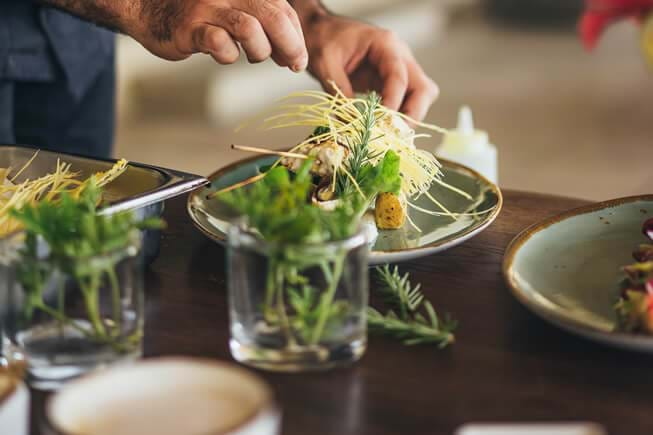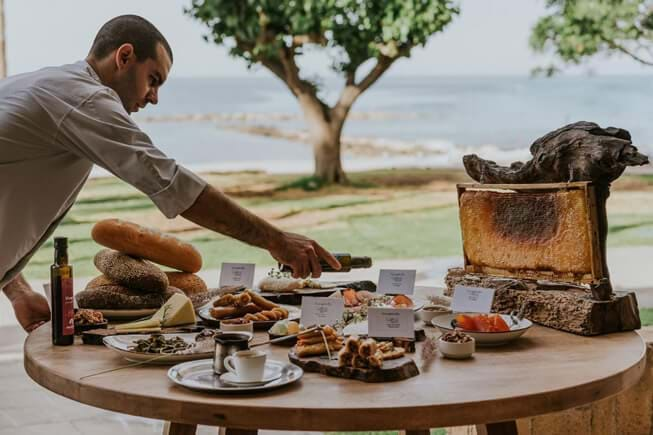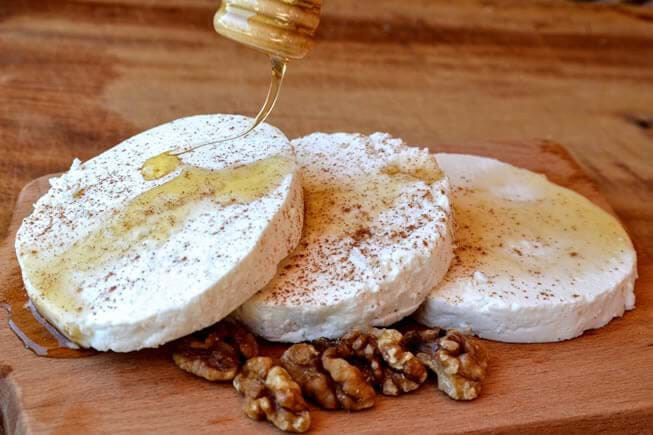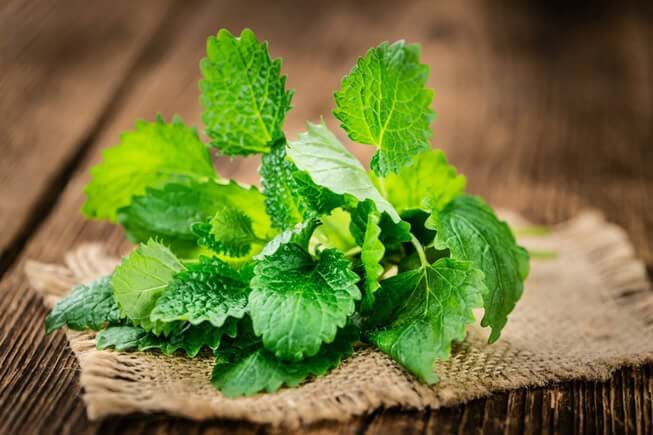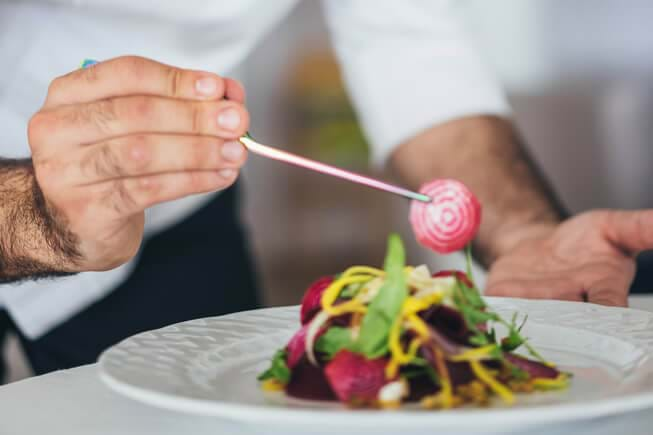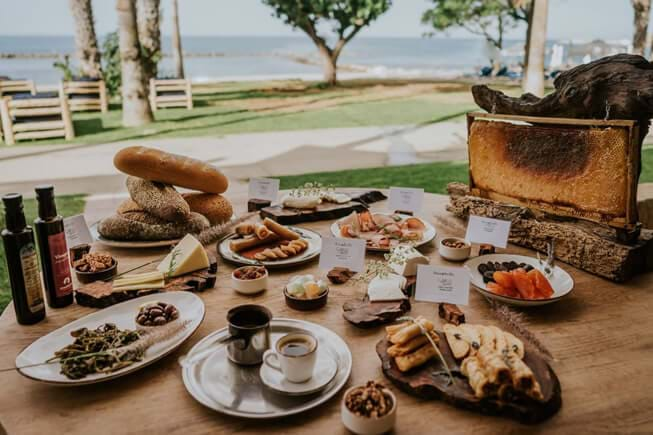The ‘locavore’ movement encourages consumers to source their food locally, thereby supporting nearby producers, reducing transit (and the carbon footprint), and using food that is fresh and, in many cases, endemic to the local environment. Mediterraneo, Annabelle’s seaside taverna, is committed to using local foods whenever possible. To do so, it continuously cultivates a network of suppliers. This can be a challenge, as many local vendors are family businesses with no corporate name and a very low profile. Moreover, these producers often focus on a single product and offer only small batches. Often, the culinary team relies on word of mouth. Sous chef Marios Efsthathiou heard of an excellent cheese producer in his family’s village of Galataria (the village’s name, encouragingly, means ‘place of milk’); the company now produces halloumi and anari cheeses made entirely with sheep’s milk and flavoured to Mediterraneo’s specifications. Village wine for marinating meats is procured from a small local vineyard. A local butcher known for high quality product is also trusted with preparing cured meats like lountza. A hotel gardener is the source of mountain oregano; other herbs and spices are grown at Annabelle itself. Every day begins with a discussion with produce, meat, and fish vendors about what is fresh and in season as orders are placed and menus prepared. Recipes are sourced locally as well: a staff member’s grandmother’s preparation of a classic Cypriot dish will be studied with care by the team. Local food served with Cypriot flare—that’s the magic of Mediterraneo.
